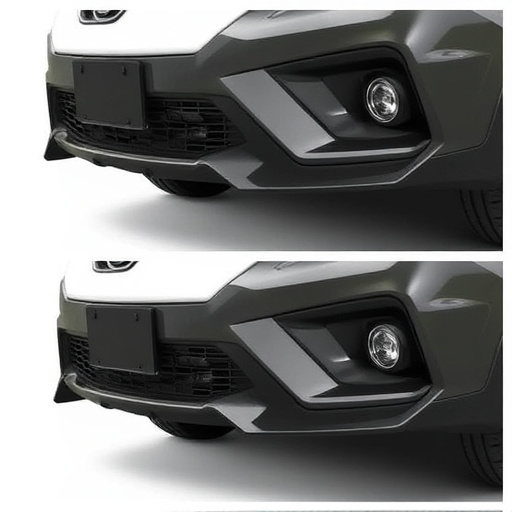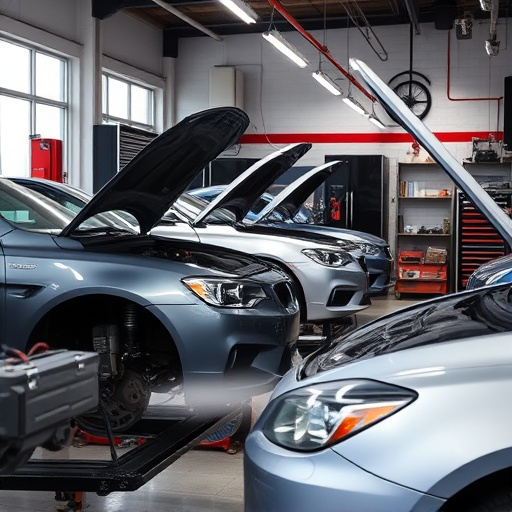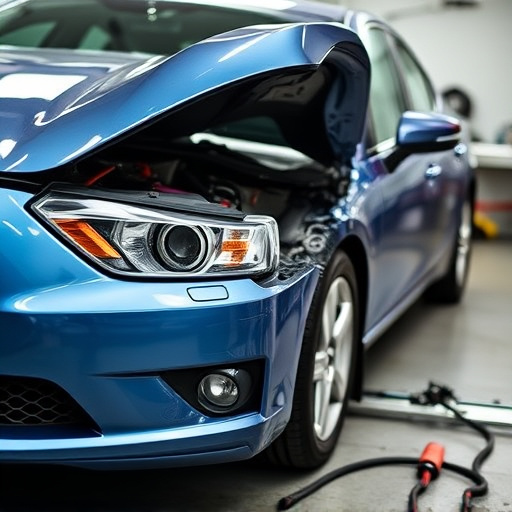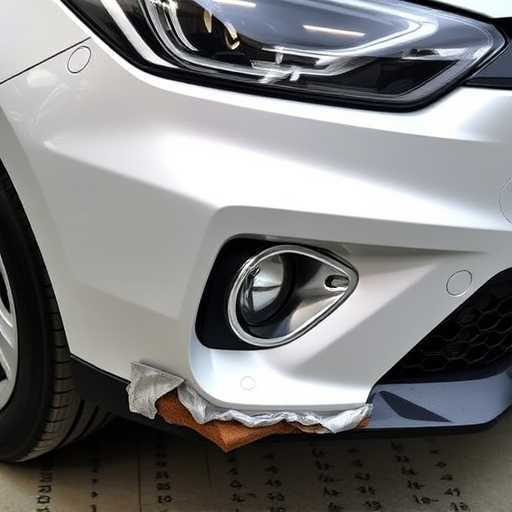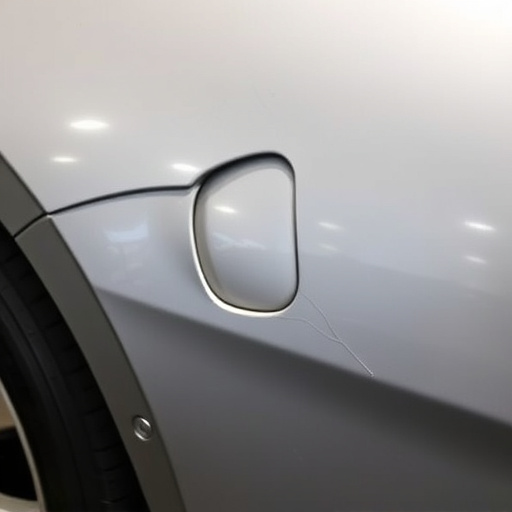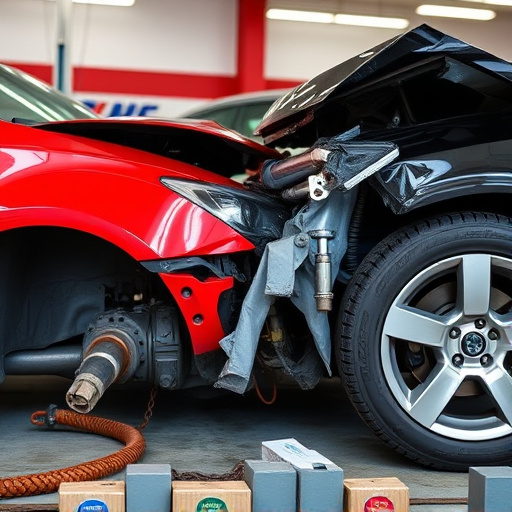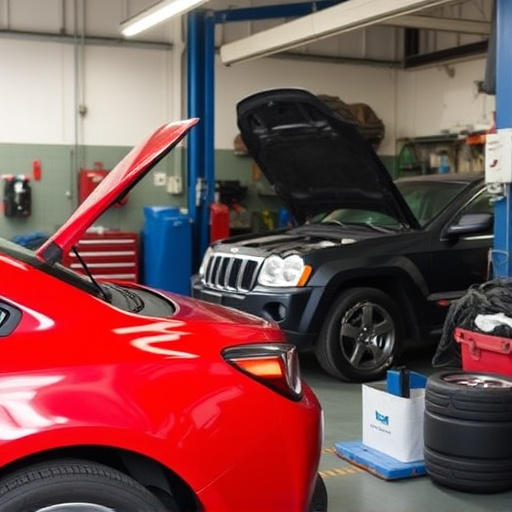OEM repair guidelines are crucial for body shops, providing detailed instructions for structural repairs that maintain vehicle integrity and safety standards. Structural repair precision involves meticulous techniques, advanced tools, and adherence to OEM criteria for measurements and adjustments, ensuring high-quality repairs that match original quality and performance over time.
In today’s automotive landscape, adhering to Original Equipment Manufacturer (OEM) repair guidelines is paramount for ensuring vehicle safety and performance. Structural repair precision plays a pivotal role in aligning with these stringent standards. This article delves into the intricacies of OEM repair guidelines, explores the significance of structural repair precision, and highlights how meticulous techniques yield optimal results, bridging the gap between factory specifications and effective repairs.
- Understanding OEM Repair Guidelines
- The Role of Structural Repair Precision
- Aligning Techniques for Optimal Results
Understanding OEM Repair Guidelines
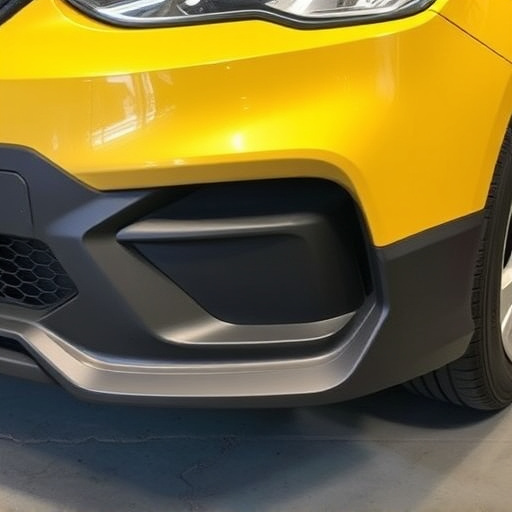
OEM (Original Equipment Manufacturer) repair guidelines are crucial references for ensuring that vehicle repairs maintain the highest standards and preserve the integrity of the vehicle’s original design. These guidelines provide a detailed roadmap for body shop services, outlining specific procedures, part selection criteria, and quality control measures. Adhering to these directives is not just a matter of following protocols; it guarantees that every repair, from structural repair precision to car restoration, aligns with the manufacturer’s vision and safety standards.
By carefully navigating these guidelines, body shops can offer precise structural repairs that ensure the vehicle’s performance, safety, and longevity. This meticulous approach involves careful measurement, advanced techniques, and a deep understanding of the complex interactions within a vehicle’s components. In essence, aligning with OEM repair guidelines is paramount for delivering top-notch vehicle repair services, be it for minor dents or extensive car restoration projects.
The Role of Structural Repair Precision
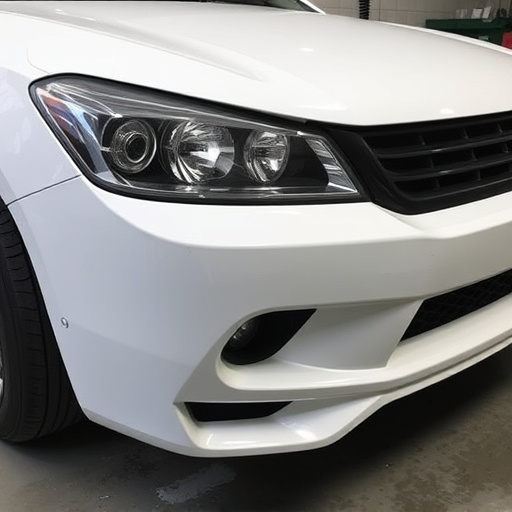
Structural repair precision plays a pivotal role in ensuring that vehicle repairs align with Original Equipment Manufacturer (OEM) guidelines. It involves meticulous attention to detail during each step of the restoration process, from assessing damage to replacing components. This level of accuracy guarantees that the repaired vehicle retains its original structural integrity and safety standards set by the OEM.
For instance, when addressing issues like dent removal, auto glass replacement, or bumper repair, precise techniques are employed to minimize disruption to surrounding panels and frameworks. This meticulous approach not only enhances the aesthetic appeal of the vehicle but also ensures that all repairs meet the stringent criteria established by the manufacturer, guaranteeing long-lasting performance and safety for drivers.
Aligning Techniques for Optimal Results
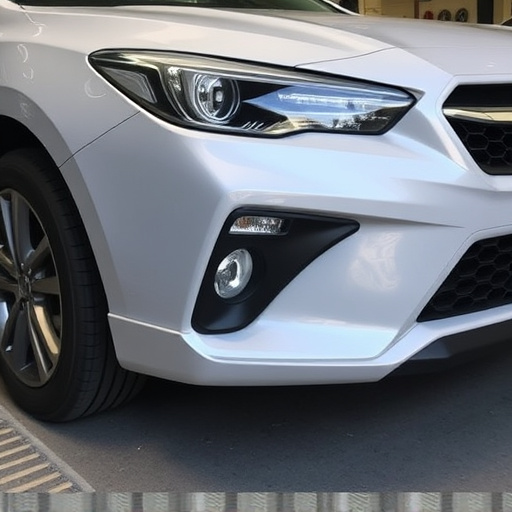
Achieving optimal results in structural repair requires a meticulous alignment of techniques and precision. It is not merely about fixing the visible damage but ensuring the vehicle’s overall integrity and safety. Skilled technicians employ advanced tools and methodologies to precisely measure and adjust components, adhering to OEM (Original Equipment Manufacturer) guidelines for every step of the process. This aligns with the intricate design and construction standards set by luxury vehicle manufacturers, ensuring that autobody repairs are not just patchwork but seamless integrations.
The focus on structural repair precision is paramount in the automotive repair sector, especially when dealing with high-end vehicles known for their meticulous craftsmanship. By aligning repair techniques with OEM standards, technicians can maintain the original quality and performance of the vehicle. This approach ensures that every adjustment, replacement, or reinforcement is done with utmost care, resulting in a robust and reliable repair that stands the test of time and demanding driving conditions.
Structural repair precision plays a pivotal role in aligning with OEM repair guidelines, ensuring that vehicle repairs meet original equipment manufacturer standards. By understanding these guidelines and employing precise techniques, professionals can achieve optimal results, maintaining the integrity and safety of vehicles. This approach not only facilitates efficient repairs but also guarantees long-lasting performance, fostering customer trust and satisfaction.
